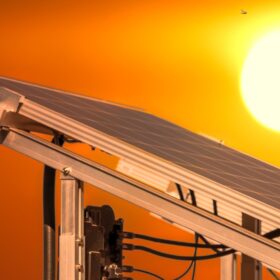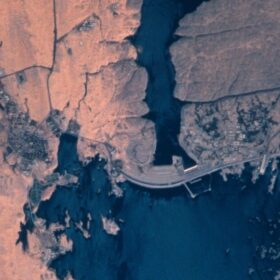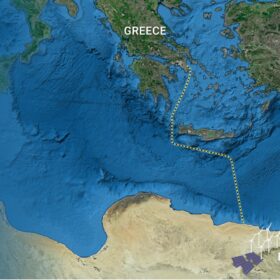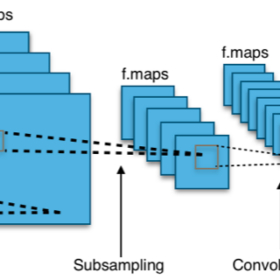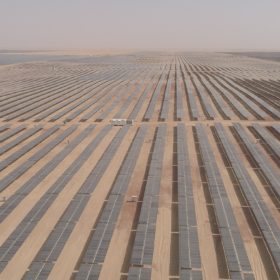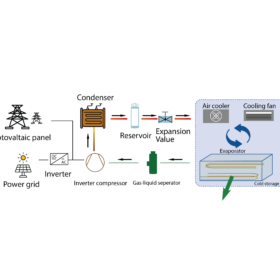A gulf between PV ambition and testing facilities
Though it already hosts several of the world’s largest PV installations, the Middle East and North Africa (MENA) region’s solar industry is still young, with limited local infrastructure and expertise. Project developers are learning quickly that building PV in harsh desert environments requires a careful eye on quality. New testing laboratories are looking to meet demand.
The Hydrogen Stream: 20 companies ask Europe to protect electrolyzer industry
Twenty companies have signed a letter to the European Commission, calling for a shift in European industry policy and protections for the electrolyzer industry, while Germany and Morocco have signed a declaration to establish a joint climate and energy alliance.
Off-grid solar-wind power plant design for green hydrogen generation
Scientists in Czechia have conducted a techno-economic analysis of a green hydrogen production system powered exclusively by photovoltaic and wind energy. The system uses surplus energy for water treatment and, according to its creator, can achieve a levelized cost of hydrogen of $3.12/kg.
Egyptian utility launches tender for 8.2 MW solar-plus-storage project
State-owned utility Egyptian Electricity Holding Company is requesting expressions of interest for the design, building and operation of a 8.2 MW solar plant and 2 MW/4MWh battery energy storage system, located at the site of an existing microgrid in western Egypt.
Floating photovoltaics may significantly reduce water evaporation at Aswan dam
The Aswan High Dam Reservoir is one of the world’s largest water reservoir and suffers from high water evaporation rates due to the region’s very hot and dry climate. Floating PV installations may be a remedy, while also offering a good match for hydropower generation.
Greek developer seeks consultants for Egypt-Greece interconnection studies
Greek renewables developer Elica SA is seeking consultants for two desktop studies related to an electrical interconnection project between Greece and Egypt. The undersea link will transmit green energy to Europe via a 3 GW HDVC connection.
PV module fault detection technique based on convolutional neural network
An international research team has used the convolutional neural network (CNN) deep learning algorithm to identify faults in solar panels. Its work showed the proposed technique has a high degree of accuracy, especially if combined with transfer learning models.
Globeleq acquires stake in 25 MW Egyptian solar plant
London-based Globeleq has acquired a 48.3% stake in the 25 MW Winnergy solar plant in Egypt’s Benban Solar complex. It will now cooperate on the management of assets and the operation of the facility with Egyptian manufacturer GILA Altawakol Electric.
Attica-Crete leg of Mediterranean super grid due mid 2025
Greece has grand plans for an interconnector network that runs from the Middle East through to the heart of Europe. pv magazine examines the latest developments on the road to a Mediterranean super grid and what it might mean for the regions involved.
Photovoltaics for cold storage
Researchers in China have developed a photovoltaic cold storage system that is reportedly able to improve refrigeration capacity and ice storage rate. The system is said to ensure a stable cooling system operation for the refrigeration needs of agricultural products.



